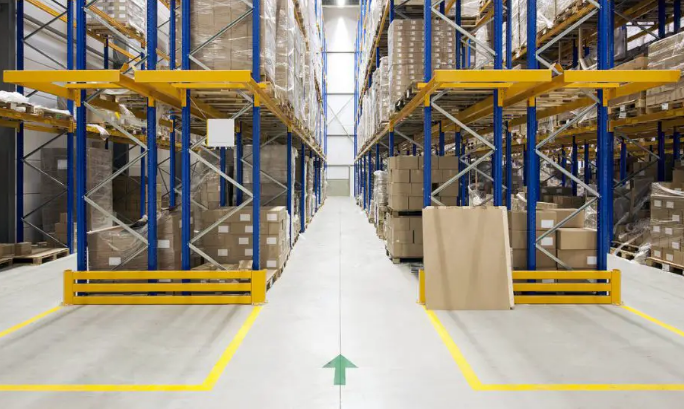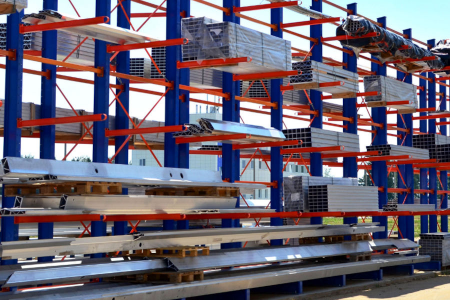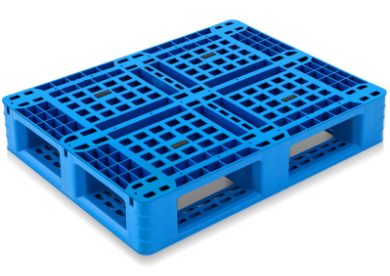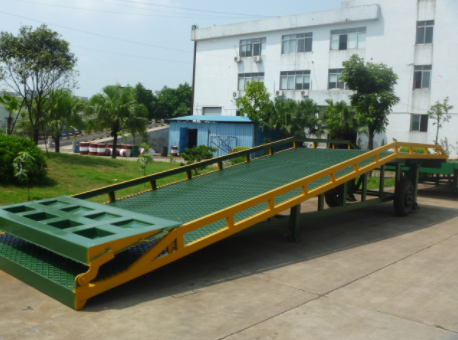 spieth12@spiethstorage.com
spieth12@spiethstorage.com +86 18006010205
+86 18006010205
LATEST NEWS
-
Time:9/16/2025
-
Time:9/15/2025
-
Time:9/10/2025
-
Time:9/5/2025
-
Time:9/2/2025
CONTACT US
-
 Tel : +86 18006010205
Tel : +86 18006010205
-
 E-mail : spieth12@spiethstorage.com
E-mail : spieth12@spiethstorage.com
-
 Address : Tongan Park, Tongan District, Xiamen, China 361023
Address : Tongan Park, Tongan District, Xiamen, China 361023
Product News
How Much Space Do You Need Between Pallet Racks
 Time:4/9/2025
Time:4/9/2025 404
404How much space do you need between pallet racks? When designing the layout of storage shelves, the aisle width between shelves is a key factor affecting work efficiency, safety and space utilization. The required spacing is mainly determined by the following factors:

Forklift type and operation mode
The turning radius and operating characteristics of different forklifts directly affect the aisle width requirements:
Counterbalance forklift: 3.0–4.5 meters, general-purpose forklift, suitable for wider aisles and heavy goods.
Reach Truck: 2.4–3.0 meters, narrow aisle design, the fork can move forward to pick up and put pallets.
Narrow-Aisle forklift: 1.8–2.4 meters, requires a track or guidance system to improve space utilization.
VNA forklift (Very Narrow Aisle): 1.5–1.8 meters, extremely narrow aisle, relying on automated guidance and high-precision alignment of shelves.
Hand Pallet Jack: 1.2–1.5 meters, manually operated, only minimum aisle width is required.
Cargo size and shelf layout
Pallet size: Standard pallet size (such as 1200×800mm or 1200×1000mm) will affect the shelf depth and aisle width.
Shelf depth: Single Deep shelves require narrower aisles than Double Deep shelves.
Cargo protrusion: If the cargo exceeds the edge of the pallet, an additional 5-10cm safety gap must be reserved.
Safety and operating specifications
Safety margin: The aisle width must be 10-15cm more than the actual turning radius of the forklift to prevent collision.
Fire requirements: The main aisle must meet the fire escape standard (usually ≥1.2 meters).
Regulatory standards:
OSHA requires that the aisle width can accommodate the safe passage of equipment and personnel (29 CFR 1910.176).
EN 15635 (European Shelf Safety Standard) recommends calculating the minimum aisle width based on equipment parameters.
Typical scenario examples
General warehouse (counterbalanced forklift): aisle width of 3.5–4 meters, suitable for low-frequency, large-volume cargo handling.
High-density warehouse (VNA forklift): aisle width of 1.6 meters, with high-rise shelves above 10 meters, storage density increased by 30–50%.
Cold storage or manual operation area: aisle width of 1.2–1.5 meters, suitable for manual handling or small electric forklifts.
Optimization suggestions
Simulation test: Use a forklift model for virtual layout verification to avoid dead ends or congestion.
Dynamic adjustment: Reserve aisle expansion space according to business growth (such as the introduction of AGV robots in the future).
Professional calculation: Estimate the minimum channel width through the formula:
Channel width = forklift turning radius + cargo length + safety margin
Summary
The spacing between shelves needs to balance between storage density and operating efficiency:
Narrow channels (1.5-2.4 meters) are suitable for high-density warehousing, but require special equipment and high-precision management.
Wide channels (3-4.5 meters) are compatible with general equipment, with high flexibility but low space utilization.
It is recommended to combine equipment selection, cargo characteristics and safety regulations, and determine the optimal solution through professional warehouse design software or engineer evaluation.
Send Message
ONLINE SERVICE
-

-
 +86 18006010205
+86 18006010205 -
 +86 18006010205
+86 18006010205
 0
0
Browsing History


















 link:
link:




